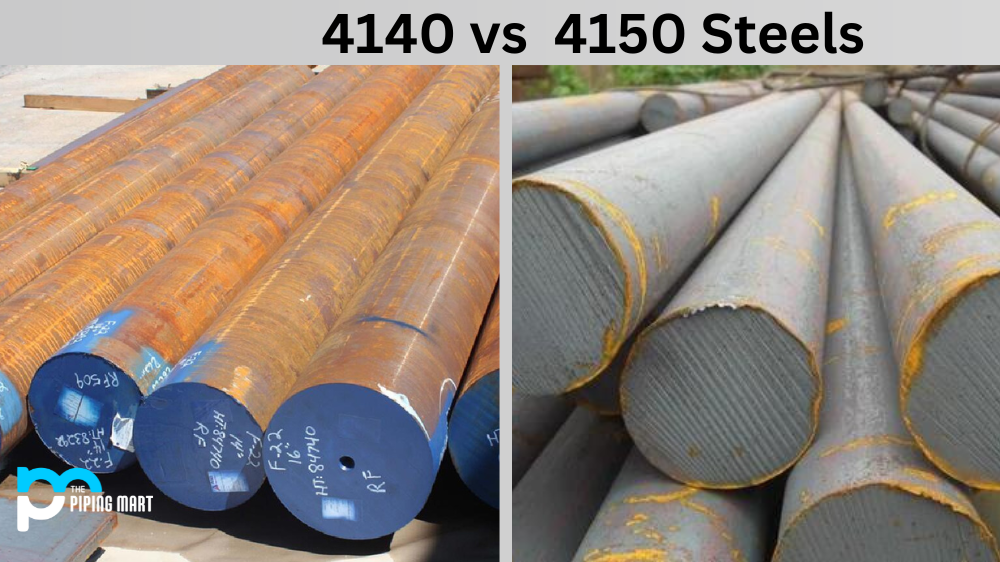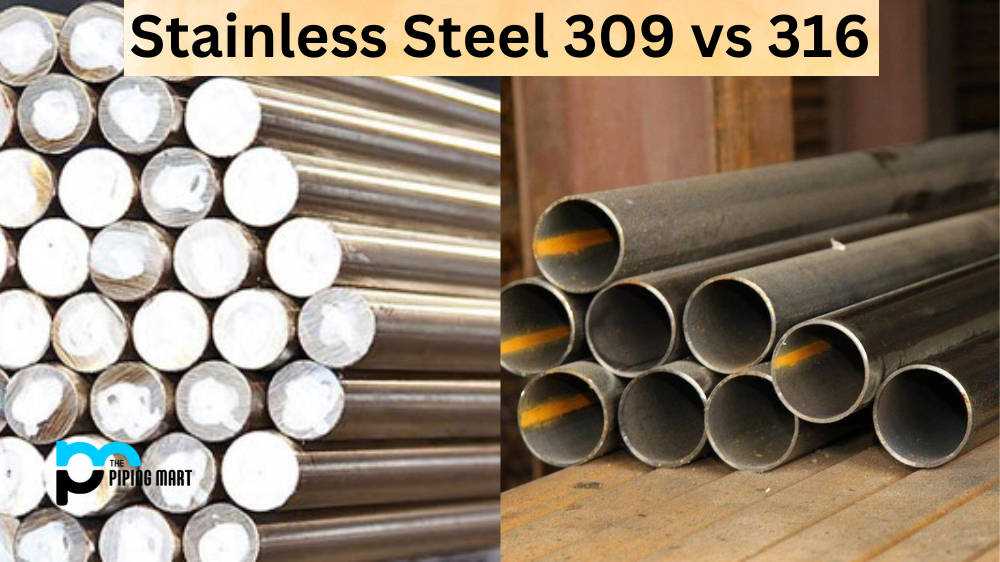Regarding materials used in manufacturing, aluminium and its alloys have always been an excellent choice. Two of the most widely used aluminium alloys are Duralumin and Titanium. Both materials showcase tremendous strength, durability, and resistance to corrosion. However, choosing between them may need to be clarified for some. In this post, we will take a closer look at both materials, highlighting their differences, similarities, and areas of application. So, tie your laces and let’s dive in!
Difference Between Duralumin and Titanium
Firstly, let’s discuss Duralumin. It is an age-hardened aluminium alloy that contains copper, magnesium, and manganese. Duralumin is highly prized for its high strength-to-density ratio, making it an ideal choice for aerospace. Its high strength makes breaking nearly impossible, even under intense pressure. Duralumin is also resistant to corrosion, so it does not rust, even when exposed to harsh environmental conditions. This corrosion resistance ensures that it maintains its strength over a longer lifespan. Duralumin’s other applications include transportation, construction, and engine components.
On the other hand, Titanium is also an age-hardened alloy, but it is much stronger than Duralumin. It is also lighter, more corrosion-resistant, and heat-resistant. These qualities make Titanium popular in high-end manufacturing sectors, such as the aerospace, marine, and medical industries. Additionally, its resistance to chemicals makes it a popular choice for use in chemical-intensive manufacturing processes. Titanium’s other applications include manufacturing high-performance sports equipment, implants for bones, and high-stress mechanical parts.
While both Duralumin and Titanium have their applications, there are still noticeable differences. Firstly, Duralumin has a higher strength-to-weight ratio than Titanium, making it a popular choice in the aerospace industry. In contrast, Titanium is much stronger than Duralumin, making it much better equipped to handle high-stress mechanical parts and equipment. Another difference between the two is their corrosion resistance. While both materials exhibit impressive corrosion resistance, Titanium is often preferred because of its superior ability to resist corrosion.
Now, let’s talk about the areas of application for both materials. Duralumin is commonly used to construct aeroplanes, cars, and boats. The transportation industry depends heavily on this material because it is light and can withstand immense pressure, making it an ideal choice for producing engines, wheels, car frames, and other critical parts. On the other hand, Titanium is in demand in the aerospace, marine, and medical industries. Its strength, corrosion, and heat resistance make it ideal for producing aircraft parts, ship hulls, and medical implants.
Conclusion
In conclusion, choosing between Duralumin and Titanium depends mainly on the specific application and the benefits that the individual properties of each material can offer. Duralumin is strong, lightweight, and resistant to corrosion, making it an excellent choice for engineering systems that require high strength, durability, and corrosion resistance. In contrast, Titanium is much stronger, harder, and more difficult to break than Duralumin, making it ideal for critical applications with high mechanical stress and in the medical industry. In the end, both materials offer exceptional qualities and are widely used in high-performance manufacturing sectors across the globe.

Meet Bhavesh, a seasoned blogger with a wealth of knowledge and experience. From metal products manufacturing to retail, Bhavesh has a diverse background in various industries and is dedicated to sharing his insights and expertise with readers.




